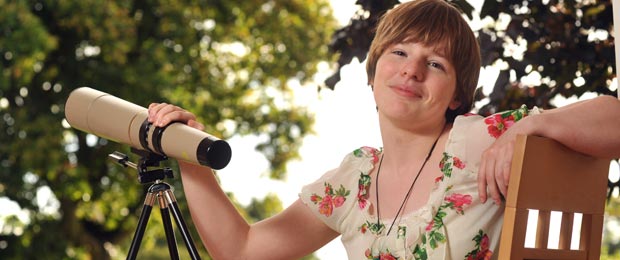OF THE
TIMES
A nation that continues year after year to spend more money on military defense than on programs of social uplift is approaching spiritual doom.
Fixed it. 🤡💩🎪 10% for the Big Guy Zionist to launder Zio Central Banking money through the Nazi-Zio-plensky cartel to fund NGO’s invading America...
$200,000,000,000 ÷ 500,000 = $400,000 per death. Not a bad return on investment.
There is a book, called the Bible. For anyone writing about Israel's current situation not to include any references to this book, is leaving out...
to allow the government to collect the actual content of your conversations (phone calls, text messages, video chats, emails and other electronic...
If this was to die on the senate floor, this one bill would be good one to die.
To submit an article for publication, see our Submission Guidelines
Reader comments do not necessarily reflect the views of the volunteers, editors, and directors of SOTT.net or the Quantum Future Group.
Some icons on this site were created by: Afterglow, Aha-Soft, AntialiasFactory, artdesigner.lv, Artura, DailyOverview, Everaldo, GraphicsFuel, IconFactory, Iconka, IconShock, Icons-Land, i-love-icons, KDE-look.org, Klukeart, mugenb16, Map Icons Collection, PetshopBoxStudio, VisualPharm, wbeiruti, WebIconset
Powered by PikaJS 🐁 and In·Site
Original content © 2002-2024 by Sott.net/Signs of the Times. See: FAIR USE NOTICE

LOL and they are probably earth bound carrying aliens and blah blah blah seems one comet dies another ass stroid pops up!